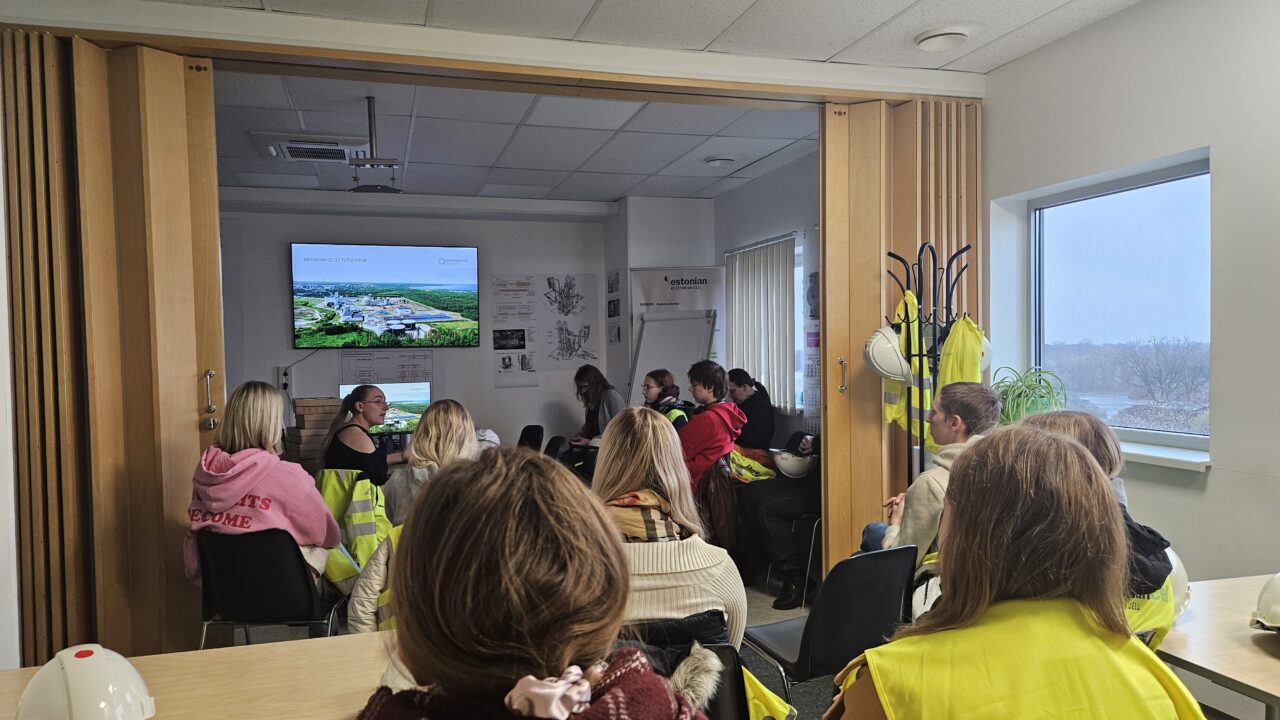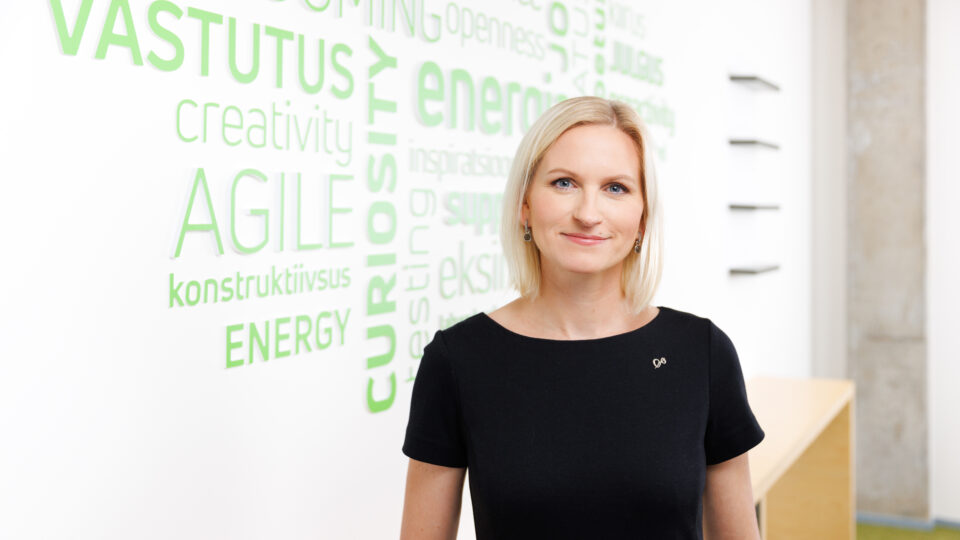Good things start when people gather around a common table, but often, that’s not enough. Even when several ideas light up in our minds and we shout “Eureka!” some great ideas might remain scattered on the table if there’s no consistency, collaboration, or ability to turn ideas into actions and results.
The first lightbulb went off at Estonian Cell in August 2024, when our energetic project manager, Ergi Prommik, was contacted by his course mate and TalTech lecturer, Oliver Järvik, who introduced an exciting cooperation opportunity between the company and the university. The second lightbulb lit up when Ergi shared the cooperation opportunity with me – an Estonian Cell development engineer and TalTech alumnus – for whom Oliver Järvik had been a memorable lecturer.
Among other things, we discovered that my former colleague, Kadriann Tamm from the inorganic materials science laboratory, would also be involved in the cooperation. The two lightbulbs that had lit up in the Estonian Cell team meant one thing: it was time to assemble a technical team and see how many more lightbulbs would go off.
We were drawn to the mindset, supported by personal experience: in some subjects, it’s more effective to acquire theoretical knowledge when it’s integrated with solving real-life problems. What makes working in an industrial company exciting is that you can always find something in the process to improve.
Improvement activities and openness to new ideas are also part of the Estonian Cell team’s mindset, identity, and work culture. Given this, it’s not surprising that after a routine production meeting, our ten-member team, following a 30-minute brainstorming session, came up with seven ideas, four of which further engaged the students.
What makes working in an industrial company exciting is that you can always find something in the process to improve.
We formed an eight-member team, four of whom were responsible for coordinating the students’ work. The substantive work lasted from September to December.
In November, we invited all the students to the factory for a couple of hours to give them a more tangible connection to the topic they were researching. Although most of the generated tasks were more theoretical in nature (this type of cooperation was also a new challenge for us), one of the tasks allowed students a sneak peek into Estonian Cell’s next major sustainability investment project, which has a total cost of about 30 million euros.
In 2025, we plan to expand the cooperation portfolio with the course “Heat and Mass Transfer,” which will give students a more detailed and realistic insight into the unique high-quality mechanical wood pulp production process.
Improving cooperation between companies and universities has been actively discussed for the last ten years, and one of the best opportunities to achieve this is the initiative focused on by the Engineering Academy. In addition to acquiring practical knowledge and developing collaboration skills, the greatest benefit for students is that they establish contacts with potential employers. This is invaluable currency for both employers and job seekers. In the context of economic development, the greatest win is when cooperation during studies inspires the student to create their own company, which develops products more effectively than competitors in the process, thus increasing international competitiveness.

Students at Estonian Cell. Photo: personal collection
Terje Haidak, external funding coordinator for the educational area: The Engineering Academy connects students better with the job market
The Engineering Academy project, launched last year and involving five higher education institutions offering engineering courses, has three main objectives: to increase student intake, reduce dropout rates, and improve the quality of education to ensure that graduates’ skills meet the expectations of the job market and provide a greater supply of qualified engineers to the workforce.
At TalTech’s Engineering Academy, the priority in this direction is to expand project-based and problem-based learning (PBL). Already in 2021, the university set a goal in its development plan for its graduates to be able to solve complex real-life problems, adopt a research-based mindset, possess practical engineering skills, strong self-management and teamwork abilities, and be entrepreneurial.
The implementation of PBL should start with a problem that directs students to acquire knowledge and seek solutions. A good result is achieved by allowing students to address real-life work situations and integrate knowledge and skills from different subject areas.
The Engineering Academy provides additional funding for carrying out project-based learning. This learning method is resource-intensive, requires a more individualized approach than usual, and involves the inclusion of employer representatives—those who would articulate real-life challenges and support and guide students in their search for solutions.
In 2024, TalTech’s Engineering Academy developed project-based and problem-based learning in twenty courses. Representatives from various companies were involved in the development and implementation, offering real-world problem statements, helping to design tasks, participating in practical learning, and also in assessments. Typically, the collaboration in PBL is not a one-time occurrence; based on previous experience, the developed courses and materials will continue to be used in future learning. According to programme leaders, student feedback on PBL has been positive.
What value do we expect from expanding PBL? Our students integrate into the workforce more quickly after graduation, teachers establish stronger connections with the job market, and employers, in turn, have the opportunity to contribute to the development of educational quality and content. The Engineering Academy offers the possibility of providing training or guidance for job market representatives to make their cooperation with the university even smoother.




